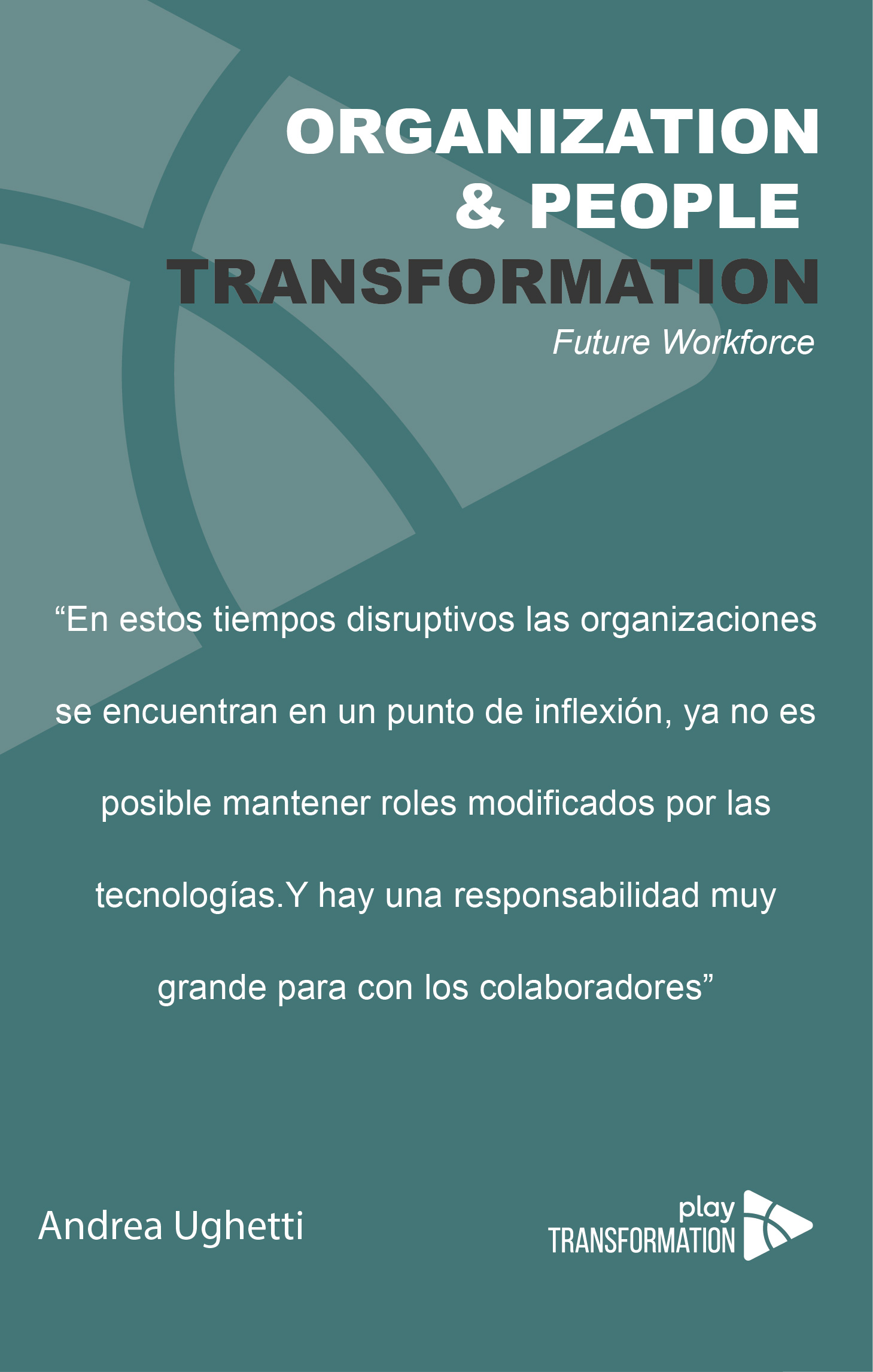Future Workforce: transforming the workforce
Share
Future Workforce: transforming the workforce
Share

By: Andrea Ughetti
It has long been reflected about the changes that are causing automation. Digitization and respective impacts on the nature of work constitute what many call the fourth industrial revolution or industry 4.0, which affects all areas and aspects of a company.
Today the reports realize that the talent It is the priority of most executives worldwide. Now, how to prepare and face these challenges? Knowing that Change and its impacts are focused on the most important capital of any organization: people, their abilities and skills.
So what is the strategy and approach that we must follow to achieve or increase our digital skills in this disruptive context? And at the same time, how to promote a differential development and growth with respect to competition?
Organizations can support their employees in several ways:
- Expanding the ecosystem, with external hiring, freelancers (independent workers) that can meet the current digital requirement.
- Go beyond the hiring of designers, developers and data specialists, anticipating and covering emerging critical roles.
These actions can help solve the requirements of the present, but the long -term problem.
From Together Business ConsultingWe offer a service with a comprehensive and comprehensive approach that allows organizations to address their transformations in a planned manner. From the early diagnosis to the identification of the collaborators' skills gaps, following the implementation of the improvements or changes until the adoption of the new scheme. And thus, transit this complex environment in a more orderly way, guaranteeing the accompaniment of business models and strategies, while allowing people's growth and commitment.
Specifically, our value proposition includes collaborative work with our clients in three major areas:
- Skill Mapping: Through three work tools (competency model, Skill Mapping and Skill Development) allows the diagnosis of current competencies and identifies priority development gaps. Then, the actions, obtaining the required skills, and the reallocation of tasks and functions.
- Learning strategy: Accelerates the development of critical skills for the current and future business, through a strategic plan and the implementation of the corresponding training. When training is combined with the support, communication and exchange of knowledge, the result is a workforce with the tools to innovate and solve problems more creatively.
- Reinforcement solutions: focused not only on increasing knowledge retention but mainly in a Measured behavior change.
Through the planned and coordinated execution of these services and their activities, adapting them to the transformations and maturation levels of each of the organizations, we can visualize the benefits sought. Transparency, visibility and availability of skills for decision making. Detection of the need for critical competencies early. Focus of development efforts in priority and/or necessary competences with less presence, re-skilling, upskilling and/or reallocation of people to increase their competences. And capabilities planning to meet the needs quickly and flexibly, among others.
In these disruptive times, organizations are at a turning point. It is no longer possible to maintain tasks that are constantly modified by technology, and at the same time, there is a very large responsibility for collaborators and talent.
Taking care of human capital must be our focus. Develop, work empathy, agility, adaptability and constant training, thus allowing an entrenched and improved environment for technology. But at the same time, guaranteeing the growth of the workforce and generating valor In our organization.
